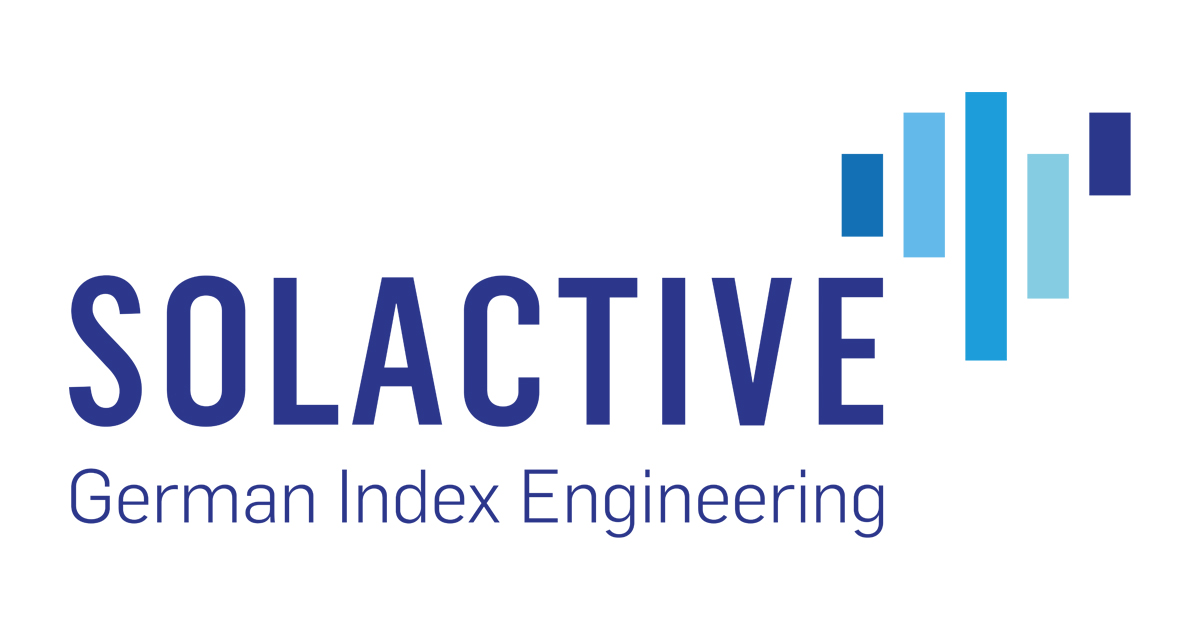What goes down, must come up. Or does it? This is the question German index provider Solactive looks to answer in its recent
which investigates the historical behaviour of companies with negative book value.
Solactive made a population of all companies with negative book-value per share that are headquartered in the US and listed on the NYSE and/or NASDAQ. The top five largest companies at the end of November 2018 were Home Depot, McDonald’s, Phillip Morris, AbbVie and Colgate Palmolive.
While a shareholder’s payoff is dependent on the company’s book-value, Solactive found that a negative book-value does not necessarily mean the end for the company.
Between November 1998 and April 2019, there were more than 1,200 instances when the company in Solactive’s negative book-value population reported their negative value in their annual report. From those 1,200 instances, approximately 55% reported positive book value within one year after declaring a negative value.
Within 10 years of declaring a negative book value, more than 90% bounced back and announced a positive value. Less than 10% of the firms delisted after 10 years of reporting negative book value.
Solactive: Outperforming plain vanilla bonds
The largest sector exposures for companies with negative book values were consumer services with 29.3%, technology with 18.8% and consumer non-durables with 17.7%.
Solactive takes into consideration the size and liquidity of the companies which declare a negative book value. It found companies with smaller market cap and companies with a higher current ratio were rated better than others within their respective sectors.
The market cap for companies which have a greater total of liabilities compared to total assets (a negative book value) was roughly $1.3trn at April’s end.
Companies with smaller market cap and/or higher ability to manage short-term obligations, as measured by current ratio, outperformed other companies. Solactive says its observations suggest that the negative book value universe is not irrelevant any longer and shouldn’t be ignored by market participants.



